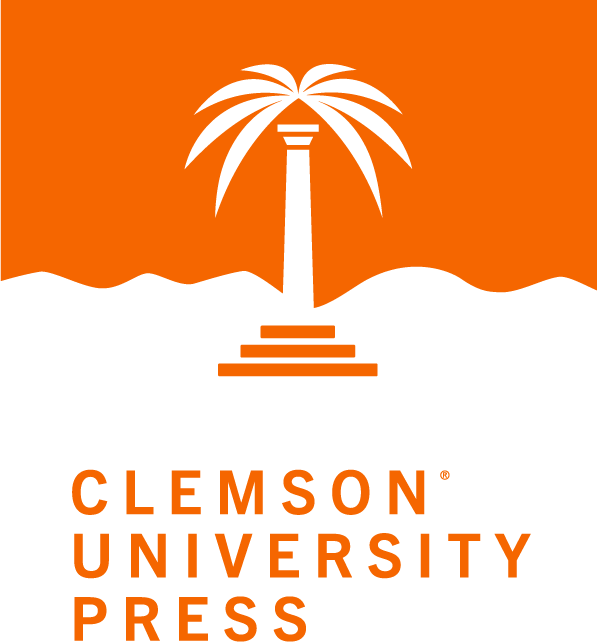 The European Metropolis argues that Paris was central to developments in the novel throughout the nineteenth century. Why Paris?
The European Metropolis argues that Paris was central to developments in the novel throughout the nineteenth century. Why Paris?
Though Irish women writers consistently write about the vast landscape of Europe from Saint Petersburg to Rome, The European Metropolis argues that Paris was central to developments in the novel throughout the nineteenth century. This results from a variety of impulses in the novel that extend well beyond Irish literature: on one hand, Paris functions as a sexualized site that is both threatening and liberating; on the other hand, Paris functions differently than London, as Franco Moretti argues, because London is less associated with the boundless desire that shapes Paris. This can, in some ways, be understood via a tension between a Burkean and Gothicized representation of Paris and then a Balzacian representation of Paris. Ultimately, Paris matters for the novel, as The European Metropolis argues, because it is a cosmopolitical landscape, bringing together the diverse literary traditions, political questions, and economic developments that shaped Europe in the nineteenth century.
How did the Irish women writers featured in your book contribute to developments in the novel?
These writers, beginning with Edgeworth and Owenson, are seen as fundamental to the development of the novel, not simply in Ireland, but in Europe. By shaping the National Tale, Edgeworth and Owenson helped form the genre that characterized Germaine de Staël’s novels as well as those of Walter Scott. However, these writers clearly engaged more than a national tradition; instead, The European Metropolis shows that they participated in a transnational tradition that drew from French, German, and European literature. These writers reveal a more complex literary history for scholars in the fields of Irish Studies, Romantic Studies, and Nineteenth-Century Studies.
The nineteenth century is characterized by the shift into capitalism and modernity, as well as the struggle with self-actualization in a modern metropolis. How did these concepts emerge in women’s writing?
The nineteenth-century shift into capitalism and modernity, along with its attendant struggles for self-actualization in a modern metropolis, emerge in women’s writing through a series of complex, sometimes contradictory, anxieties over the concept of independence. As William Gallois argues in terms of Émile Zola, modernity, especially in Paris, is marked by an increase in choices that are constrained and determined by one’s relation to institutional and financial powers. We see this in Harry Ormond’s and Imogen St. Dorval’s struggles to maintain their fortunes in the face of metropolitan splendour; equally we see this in the struggles of the less-privileged artists Patsy Kirwen and Max. Just as Paris functions on a sense of boundless desire in Balzac, these novels all recognize the structural elements that enable, contain, subvert, and encourage those desires. Together they recognize the inequality that undergirds the development of capitalism across the nineteenth century.
For those designing syllabi for Irish literature courses, what’s the benefit of including writers who worked predominantly in Paris?
Traditionally, Irish Literature syllabi, like British Romantic and Victorian syllabi, focus on the geo-social space of Ireland, Britain, and the United Kingdom. What The European Metropolis offers to scholars teaching literature is a more expansive framework that draws on the transnational and cosmopolitan impulses that shaped the nineteenth century. Studies of Irish Literature will benefit from looking beyond the traditional map precisely because it encourages students and scholars to see the more complex social, geographical, historical, and economic landscape that shapes the literature.

